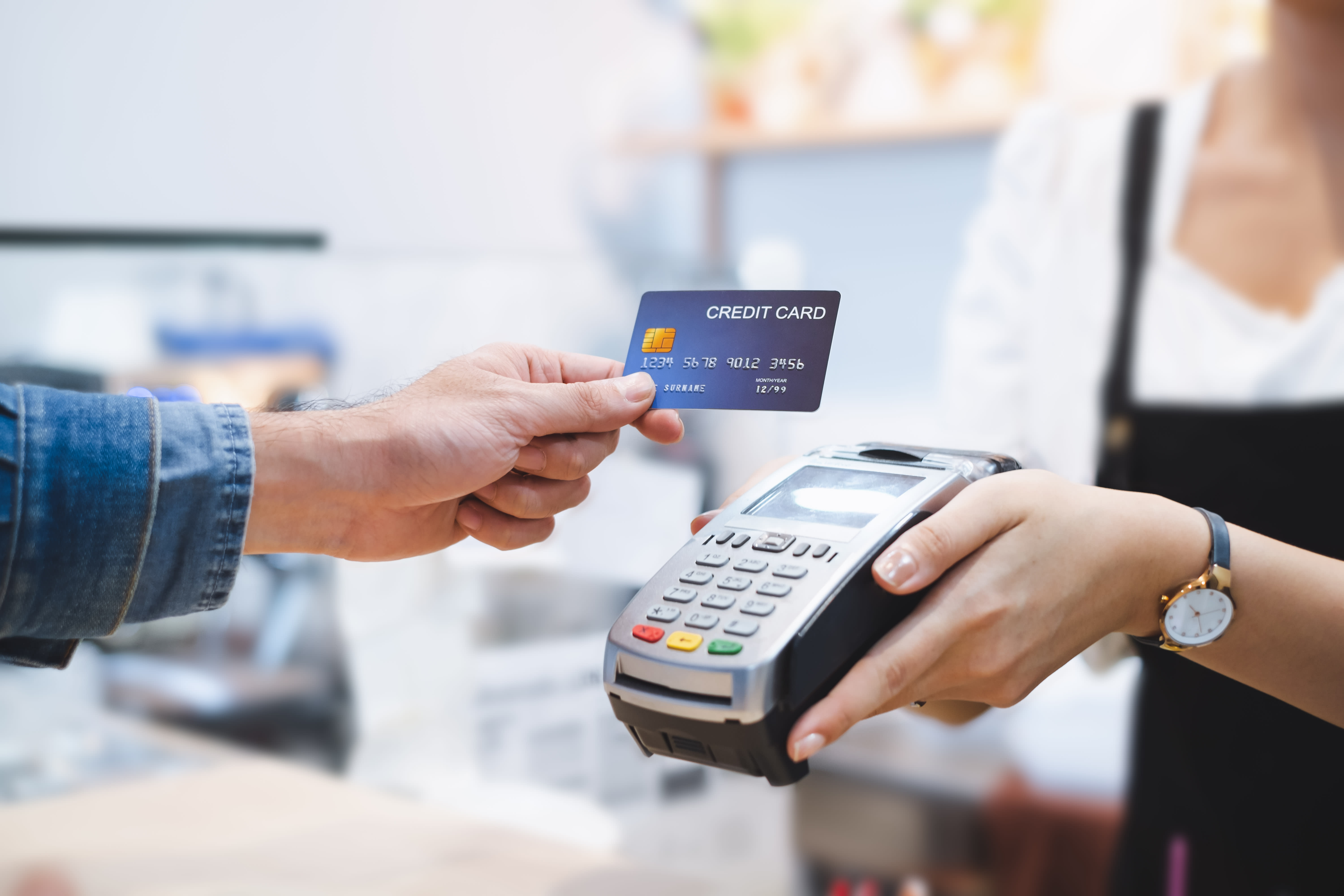Okay, friends, let's talk money. Specifically, let's talk about the modern dilemma of splitting the brunch bill, reimbursing your roommate for that epic grocery haul, or even paying your freelance artist friend for that amazing logo they designed. Cash is so last century. Checks? Please. We're living in a digital age, darling, and that means we need digital solutions. So, how do you pay someone with your credit card…without actually, you know, giving them your credit card?
The Rise of the Middleman (and Why You Should Love Them)
Enter the wonderful world of third-party payment apps. Think of them as your cool, tech-savvy financial intermediaries. They take the hassle out of direct transactions and add a layer of security (and sometimes, even rewards!). We're talking about the usual suspects: PayPal, Venmo, Cash App, and even Zelle (though Zelle primarily connects directly to bank accounts). Each has its own vibe, its own quirks, and its own set of fees (which we'll get to in a bit).
Think of it like this: remember those old Westerns where the stagecoach robber would demand "Your money or your life!"? Now, instead, you're smoothly sliding into your app of choice, typing in your friend's username (or scanning their QR code – so futuristic!), and tapping "Pay." Much less dramatic, and significantly safer.
Choosing Your Weapon (Err, Payment App)
So, which app reigns supreme? Well, it depends!
- Venmo: The social butterfly. Perfect for splitting bills, adding emojis to your payment descriptions (pizza slices for pizza night, obviously), and generally keeping things light and breezy. Be aware, though: Venmo charges a 3% fee for credit card payments.
- PayPal: The OG. A trusted name in online payments, PayPal offers more robust security features and is widely accepted. Also charges a fee for credit card transactions, generally around 2.9% + $0.30 per transaction.
- Cash App: The minimalist. Simple, straightforward, and popular with a younger crowd. Similar to Venmo, it comes with a 3% fee for credit card transactions.
- Zelle: The bank connection. Directly linked to your bank account, Zelle is often fee-free. However, it typically requires both parties to have Zelle accounts and is less feature-rich than the other options. Important note: Zelle often doesn't allow credit card funding directly; it primarily uses bank transfers.
Pro Tip: Check the app's terms of service for the latest fee information. Things change faster than the plot twists in a K-drama!
The Fee Factor: Avoiding the Sting
Here's the catch: using a credit card through these apps often comes with a fee. These fees are charged by the payment processors, not the apps themselves (usually). So, how do you avoid them?
- Link your bank account: If possible, link your bank account to the app instead of your credit card. This usually results in fee-free transactions.
- Consider debit cards: Debit card transactions are often fee-free, similar to bank transfers.
- Ask your friend: Politely suggest they send you a payment request through the app with the bank transfer or debit card option selected.
Think of it like ordering delivery. You can get that delicious Pad Thai delivered straight to your door (convenience!), but you'll pay a delivery fee. Or, you can pick it up yourself (no fee!), but you have to put on pants and leave the house. The choice is yours!
Security Smarts: Protecting Your Plastic
Any time you're dealing with financial information online, security is paramount. Never share your credit card information directly with anyone. Stick to using trusted payment apps, enable two-factor authentication (2FA) for added security, and be wary of phishing scams. If something seems too good to be true, it probably is. Trust your gut, and always err on the side of caution.
Beyond the Apps: Credit Card Perks and Points
Here's a silver lining: using your credit card (even with fees) through these apps can earn you rewards points, cashback, or travel miles. If your credit card offers generous rewards, the fees might be worth it, especially for larger transactions. Just do the math to make sure you're coming out ahead! Consider if the points earned are worth more than the fee. For example, if you earn 2% cashback on all purchases and are paying a 3% fee, using your credit card is a losing game.
The Modern Money Dance: A Final Thought
Paying someone with a credit card has become an intricate dance of apps, fees, and security considerations. But with a little knowledge and a bit of planning, you can navigate this digital landscape with grace and confidence. It’s all about finding the method that best suits your needs and the needs of the person you’re paying. Embrace the convenience, stay vigilant about security, and remember, communication is key! A quick message to your friend explaining your payment preference can save everyone time and hassle in the long run.




:max_bytes(150000):strip_icc()/INV_PersonPayingwithaCreditCard_GettyImages-579250458-392e4f905c884021b2695dd1b8229c21.jpg)
